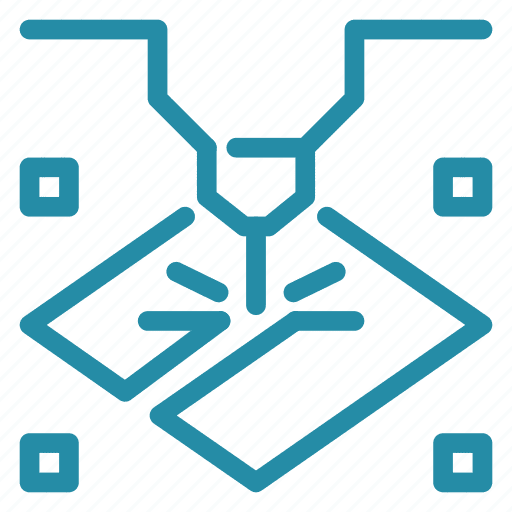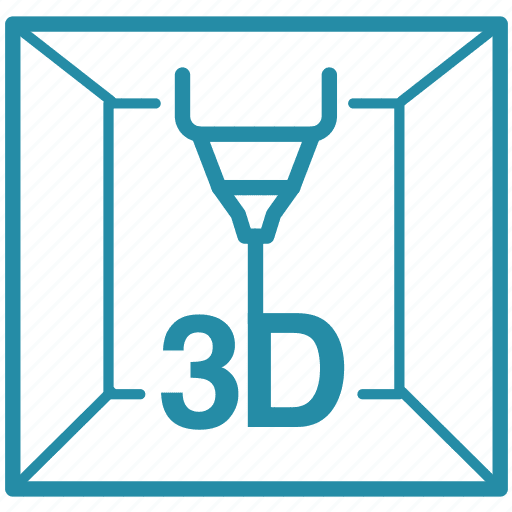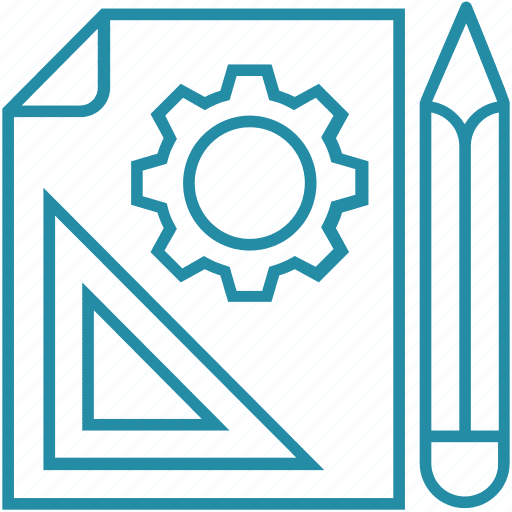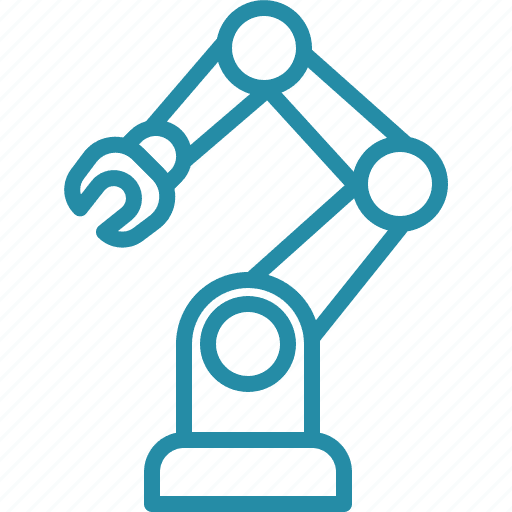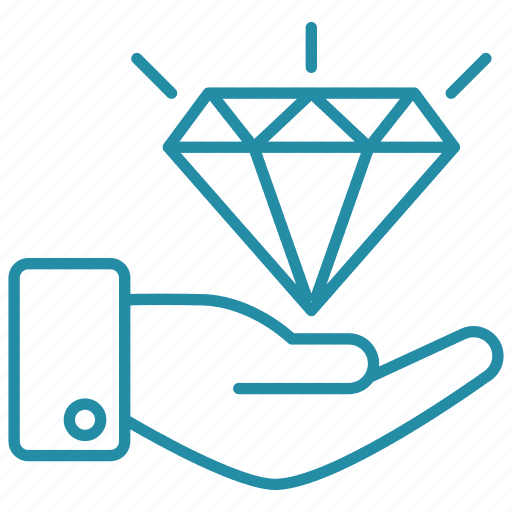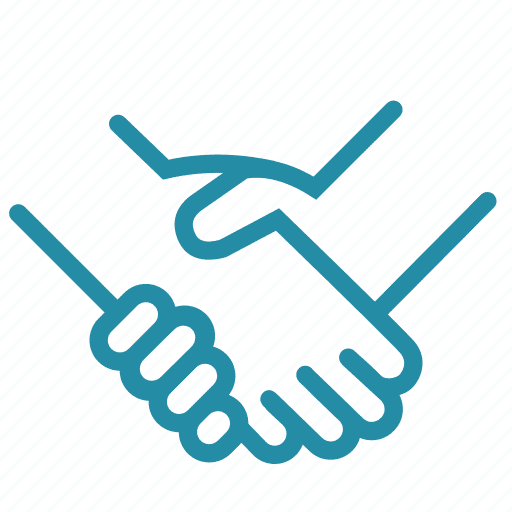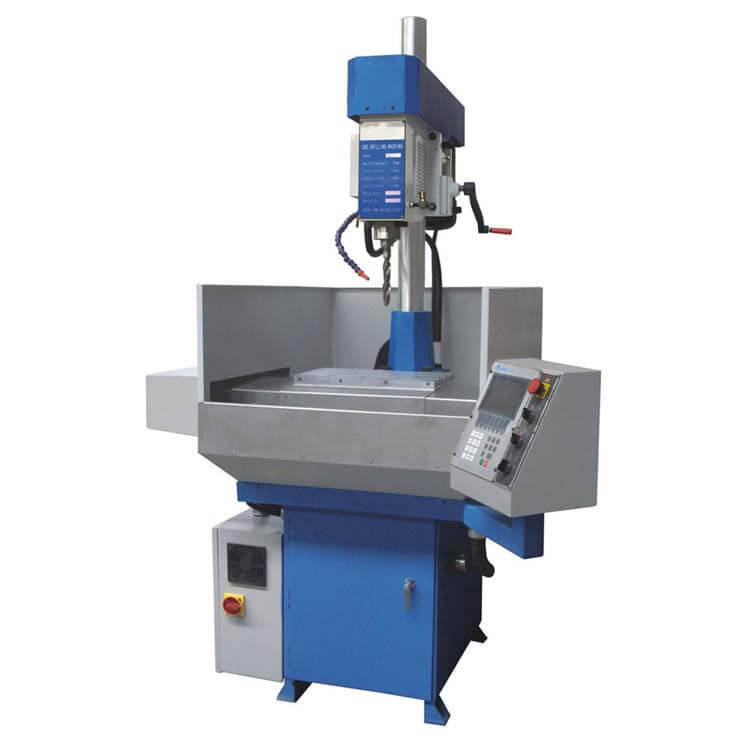- Capabilities
-
CNC Machining
Tight tolerance and 20+ finishes 3, 4 , 5 axis, as fast as 2 days -
Sheet Metal Fabrication
High-precision, on-demand sheet metal cutting and bending. -
3D Printing
SLA, SLS,MJF,SLM, FDM 3d printing with post treatment. -
Vacuum Casting
Production quality parts without the tooling investment.
-
- Solutions
Rapid Prototyping
Fastest lead time of high-quality prototypes at minimal cost.
Low Volume Production
From one-off prototyping to low-volume production.
Mechanical Assembly
Custom assembly for project-specific needs.
Custom Package
Ready to help you prompt your brand.
- Sources
Materials
Select from 100 more types of metals and plastics.
Finishes
Select from 20 more types of surface fishes.
Industries
Providing precision machining and manufacturing solutions.
Cases
How we assist our clients in bringing their projects to fruition.
- Company
Quality Assurance
Consistent quality, every time.
About Us
Your go-to manufacturer for custom parts.
Newsroom
Learn updated news about ECOREPRAP.
Drilling vs Boring vs Reaming: What’s the Difference?
Updated: May 05, 2024
The main difference is that by drilling, you receive a hole; by boring, you enlarge its diameter; and by reaming, you give it a smooth finish. All three manufacturing processes are intended to process a workpiece so that holes in its design have precise dimensions, respond to specifications, and look nice.
We examine how different these three processes are so you may always know which one suits your specifications and purposes at a particular moment. As a bonus, we reveal some similarities between them.
1. What is Drilling? Technical Specifications and Features, Pros and Cons
Let’s start by discussing the basic process of making a hole – drilling.
Description of Drilling
Drilling is one of the simplest manufacturing processes. It is typically done by using a manual or CNC drilling/ milling machine or lathe and a cutting tool known as a drill bit. The center holds tooling in a spindle, which is rotated at high speed up to thousands of revolutions per minute (RPM).
In its turn, a drill bit has cutting edges that are passed against the workpiece. Tooling cuts the material by removing small metal chips from its surface. As a result, a rough hole is obtained.
Tech Specifications and Distinctive Features
- Drilling is referred to as the process of making a hole of varying depth and diameter in a solid material.
- A tool for drilling is called a drill bit.
- Nearly any material can be drilled.
- There are several types of drilling: center drilling, deep hole drilling, spot drilling, micro-drilling, and vibration drilling.
- The speed of rotation of a cutting tool is extremely high.
- Cutting edges are called flutes, and they regulate how smooth a drill bit deepens into the material, and hot fast chips are cut.
Advantages and Disadvantages
Manufacturers love drilling for the following:
- Almost the only sufficient method to create a good hole of necessary depth.
- The simplest manufacturing processes.
- Fast production rates.
And here’s the list of disadvantages:
- Still must be complemented with boring and reaming.
- The number of diameters and lengths of drill bits is limited.
- If a drill bit is not chosen correctly for a particular material, tooling life deteriorates.
2. What is Boring? Technical Specifications and Features, Pros and Cons
Then, we proceed to adjusting a previously drilled hole to any diameter – boring.
Description of Boring
Boring is the process of enlarging the already existing hole. Unfortunately, after drilling, the diameter of a hole is not accurate. A smaller hole is drilled and then enlarged to ensure the maximum precision possible.
For this purpose, a boring bar is used. A machine, typically, lathe or milling CNC center, holds the single point tooling and deepens it into the hole. A spindle with a boring bar fixed into it rotates at speeds of hundreds of RPM, cutting off small chips of material until the necessary dimension is achieved.
Tech Specifications and Distinctive Features
- Boring is referred to as the process of enlarging an existing hole to a specific, precise diameter.
- A cutting tool is called a boring bar, and it is a single-point tool.
- There are two common types of boring: line boring and back boring,
- Rotating speed is moderate compared to drilling.
- Boring bar is always intended for a larger diameter than the already existing hole has.
Advantages and Disadvantages
Manufacturers love boring for the following:
- Can enlarge any hole, even blind ones.
- Moderate production rates.
- Boring bars have a long tool life.
And here’s the list of disadvantages:
- Comparatively complicated manufacturing processes.
- Always require strict selection of the necessary boring tools.
- Difficulty testing boring before using it in any fabrication process.
3. What is Reaming? Technical Specifications, Features, Pros and Cons
Finally, we give the already drilled and bored a smooth finish to precise dimensions hole – reaming.
Description of Reaming
Reaming is the finishing process intended specifically for previously created holes. It ensures great precision of smoothness of inner surfaces of holes without changing their dimensions significantly.
For reaming, cutting tools as reamers are used. They are rotary cutting bits with a cylindrical or conical shape. A CNC machine spindle holds a tool and rotates it at low RPM. Sharp tooling edges cut off microscopic ships of material, typically metal, thus polishing internal dimensions to perfection.
Tech Specifications and Distinctive Features
- Reaming is referred to as the process of finishing the inner surfaces of an existing hole.
- A cutting tool is called a reamer multi-point tool.
- There are three common types of reaming: rose, straight, and shell reaming.
- Rotating speed is low compared to boring.
- Reamer is always intended for the same diameter as the already existing hole has.
Advantages and Disadvantages
Manufacturers love reaming for the following:
- Ensures perfect smoothness of holes finish.
- Ease of choosing an appropriate cutting tool.
- Reamers have a long tool life.
And here’s the list of disadvantages:
- Comparatively time-consuming manufacturing process.
- Less control over dimensions of holes, and no possibility to adjust them after boring.
- There is a risk of deteriorating hole dimensions if cutting tools are not sufficient or the process has not been tested comprehensively.
- Cannot be used to originate a new hole.
You can familiarize yourself with schematic visualizations of all the three processes in the infographics below.
4. Drilling vs Boring vs Reaming: Comparison Chart
| Drilling | Boring | Reaming | |
| Purpose | To create a new, rough hole (first phase of fabrication process). | To enlarge the existing rough hole to precise diameters (second phase of fabrication process). | To finish inner surfaces of the prepared hole (third and final phase of fabrication process). |
| Type of tooling | Drill bits – double point tools, with cutting edges called flutes. | Boring bars – single-point tools. | Reamers – multipoint tools, with a number of flutes equal 4 or more. |
| Quality of Surface | Rough surface, inappropriate for further use. | Precise dimensions and better surface quality. Acceptable for some components where hole diameters are not crucial. | The greatest accuracy possible. Sufficient for any use. |
| Possibility of variations | You can regulate the diameter of a drill bit to a certain extent and adjust any hole’s depth using proper tooling. | It is not intended to regulate the depth of holes but successfully adjusts diameter to nearly any dimension required. | It does not change the depth of a hole or its diameter but just slightly adjusts dimensions in the process. |
| Production rate | The speed of material removal during drilling is the highest. | Boring is performed at a much lower RPM than drilling. | This process is the slowest. |
| Technical requirements | Drilling requires only the flat surface and appropriate drill bit to be fixed in the spindle. | Boring requires a previously drilled hole and an appropriate boring bar to be chosen. | Reaming requires a previously drilled and bored hole and the reamer with equal to the hole dimensions. |
5. What are the Similarities Between Drilling, Boring, and Reaming?
Despite all the three processes being rather complementary than mutually exceptive ones, we managed to list major similarities between them.
- All of them participate in the process of holes creation.
- They employ cutting tools to fulfill their purposes.
- Are based on the material removing manufacturing process.
- They can be performed on the same CNC machines.
- Require flat surface of a workpiece and feeding a cutting tool at the right angle
In essence, drilling, boring, and reaming are vital pieces of the same process of hole making and can be regarded as complementary operations.
6. Final Take
Here’s a big idea: you almost always need all the three processes employed to adhere to modern components’ specifications.
Drilling is a great way to originate a new hole in a flat surface, while boring can effectively adjust it to the required diameter. Finally, you should use reaming as a finishing process. As a result, you obtain a perfect hole with diameters that are as precise as possible.
7. FAQ
Why do I need boring?
You may have thought you could simply choose the appropriate drill bit to make any hole, but it is incorrect. Drilling is a rough process. Typically, a smaller hole is drilled and then bored to the necessary diameter with great precision to make a proper hole.
Can I not use reaming?
Even if you have holes of your workpieces precisely bored, you still need to polish their inner surfaces, or dimensions may slightly differ from ones indicated in tech specifications. In case this nuance is not critical, you may abandon reaming.
Can I use a reamer to drill a hole?
From our experience, reamers can be used to make a new hole in soft metals. But, it is counterproductive and will likely result in poor dimensions overall and severely reduce the tooling life of a reamer.
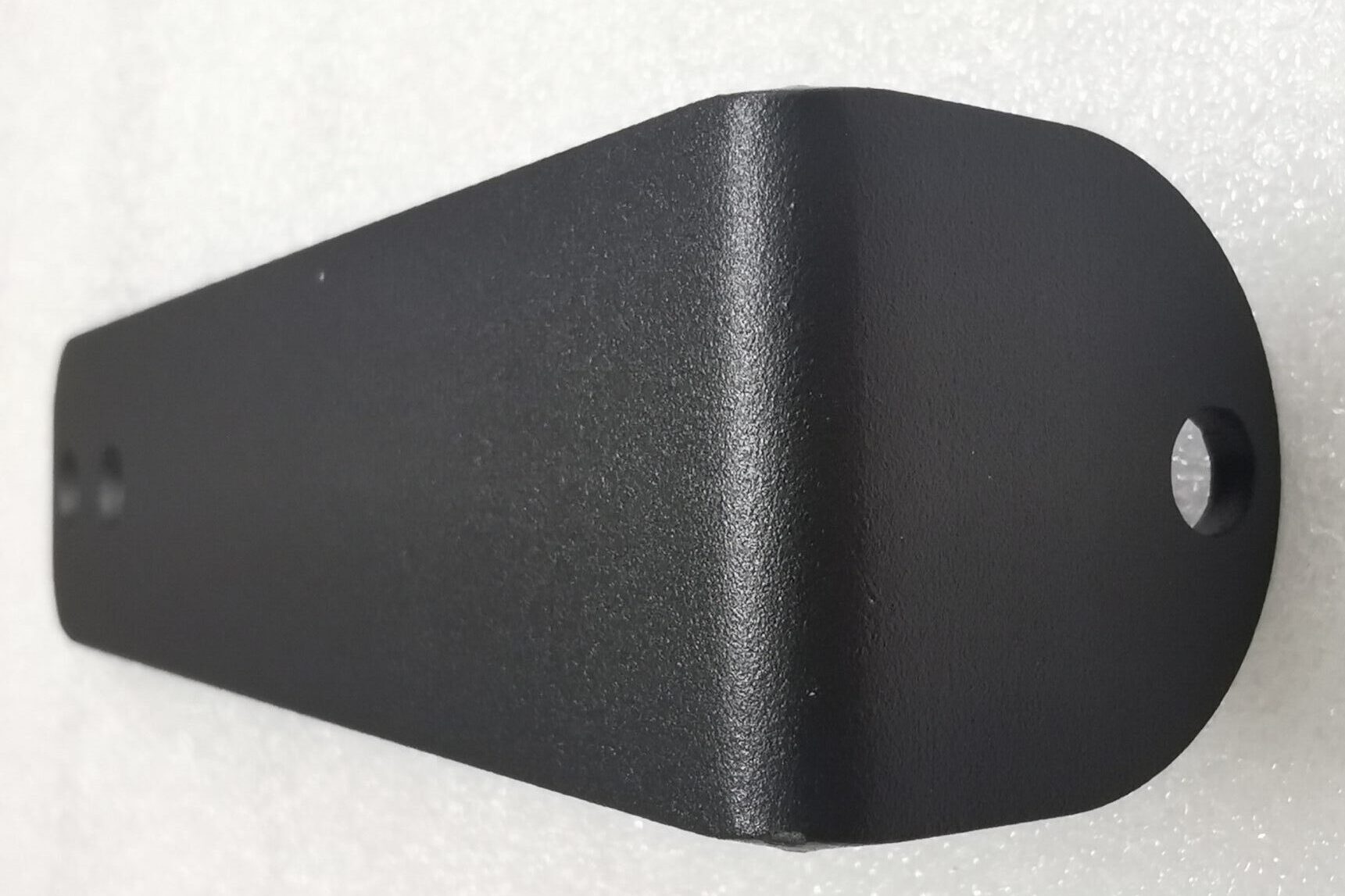
Let's get your projects started, together!
Get custom parts machined in high quality, delivery on time.

